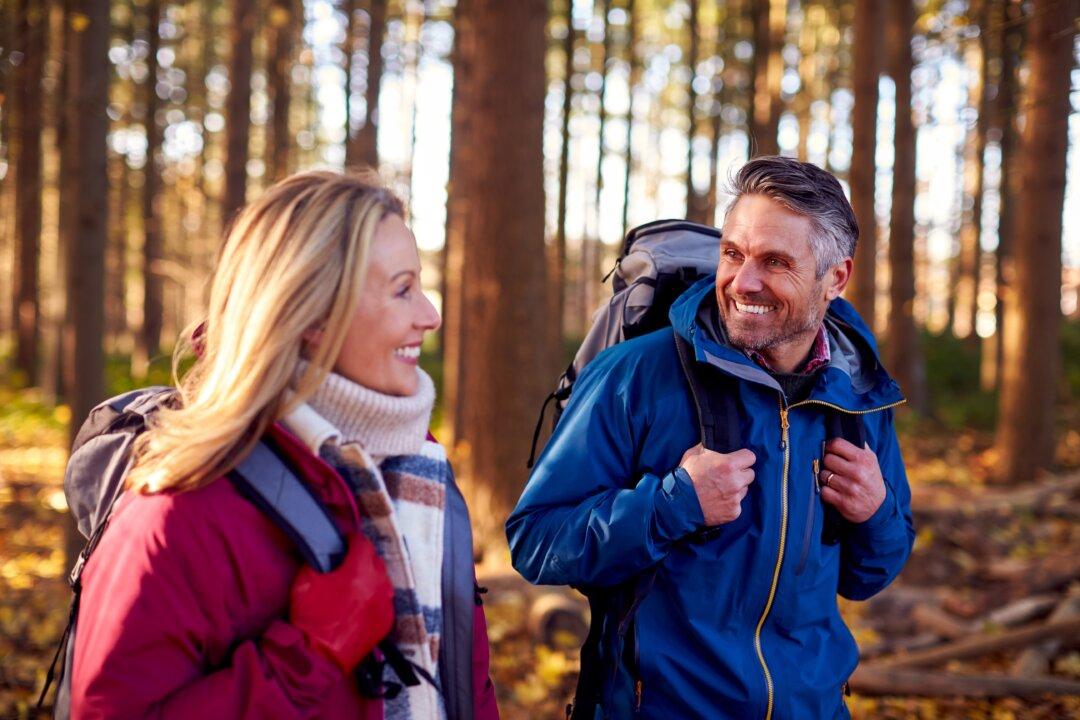It became trendy again in 2020, with more than 20 million people doing it for the first time.
STORY AT-A-GLANCE
- It’s estimated that more than 20 million Americans planted a vegetable garden for the first time during the pandemic.
- Gardening has taken on a sense of novelty as many view it as a hobby or leisure activity, but in relatively recent history—prior to industrialization—nearly all Americans grew food.
- Growing your own food is something I encourage virtually everyone to take part in, even if you have limited space.
- In addition to fresh produce from your garden, round out your preparatory food supply with nutritious shelf-stable foods and a clean supply of potable water.
- Gardening has also been treasured just as much for its nutritious harvests as for the solace and healing it provides.
Not Long Ago, Everyone Grew Food
Gardening has taken on a sense of novelty as many view it as a hobby or leisure activity, but in relatively recent history—prior to industrialization—nearly all Americans grew food.[3] While humans as a whole are arguably now more removed from the natural world than they have been at any other point in history, humankind has a way of harkening back to its agricultural roots.This is especially true during times of uncertainty. During World War II, a time when potential food shortages were top of mind, victory gardens became so prolific that they supplied an estimated 40 percent of Americans’ fresh vegetables.[4]
During the 1950s, when convenience food was all the rage, a “back-to-the-land movement” “spawned its own generation of home-growers … rebelling against a mid-century diet now infamous for Jell-O mold salads, canned-food casseroles, TV dinner, and Tang,” wrote Jennifer Atkinson, senior lecturer, environmental studies with the University of Washington.[5]
“For black Americans denied the opportunity to abandon subsistence work, Jim Crow-era gardening reflected a different set of desires. In her essay ‘In Search of Our Mothers’ Gardens,’[7]
By 2020, “corona victory gardens” came back into favor, and now, with the technocratic elite intentionally dismantling systems of food and energy production, severe food shortages appear to be more or less inevitable. This is why growing your own food is something I encourage virtually everyone to take part in, even if you have limited space.

You Can Grow Food Even in Limited Space
Growing as much fresh food as you can is an important strategy, but you'll need to ensure you have plenty of seeds on hand. So the first step to gardening is securing your seed supply. You can do this not only by purchasing seeds but also by saving seeds from your own plants and participating in local seed swaps.- First, soak the seeds in clean water for eight hours.
- Empty the soaking water into a watering can or other container to use for watering other plants.
- Rinse the seeds and leave them unsoaked for 24 hours or until sprouts germinate.
- Next, fill a tray halfway with soil.
- Spread the seeds evenly over the soil.
- Water until the soil is moist but not dripping.
- Cover the soil with ceramic tile and 5- to 10-pound weights.
- Remove the tiles to water every 24 hours for two to four days; replace the tiles and weights between waterings.
- Once sprouts begin to lift the tiles, remove them.
- Place the tray in a sunny area.
- Harvest the sprouts after two to three days by clipping them at the base with scissors.
“Many people don’t realize that you can donate the extra food from your garden directly to local food pantries. Most gardeners end up with extra zucchini, cucumber, tomatoes that they don’t know what to do with, and if all of these gardeners donated just a bag or two of vegetables, we could make a significant impact on food insecurity nationwide.”

Embracing Nutritious Shelf-Stable Foods
To enhance your personal food supply, if local regulations allow, you can add chickens for a steady supply of eggs. (Just remember that they, too, may need additional feed.) A more long-term strategy is to invest in fruit bushes and trees. You can also join a local food co-op, and buy shelf-stable and nonperishable foods in bulk.- Canned wild Alaskan salmon, mackerel, and sardines—All of these contain healthy fats while being low in toxic water pollutants and heavy metals.
- Tallow, ghee, and coconut oil—These healthy fats are ideal for cooking and remain stable even without refrigeration.
- Organic beef broth and/or collagen powder—Beef broth is an ideal source of collagen, but organic grass-fed collagen powder will stay fresh longer. Collagen is the most common and abundant of your body’s proteins and is required for bone health, tissue integrity, and repair.
- Whey protein—Whey protein is rich in leucine, which helps stimulate muscle protein synthesis, thereby promoting healthy muscle. Without a regular source of meat, it can be difficult to achieve enough leucine to maintain body protein from diet alone. Fortunately, whey can be easily stored and can serve as a resource to preserve your muscle mass.
- Rice—Rice is a gluten-free staple that can be stored for long periods of time. Interestingly, white rice (my favorite is basmati) is far preferred over brown rice as the antinutrients in brown rice impair its role as a clean source of carbohydrates. Ideally, place the bag in a food-grade bucket together with an oxygen absorber or two, and make sure the lid is well-sealed.
- Honey—In addition to being a natural sweetener, local unadulterated honey also has health benefits. For example, it’s an effective cough medicine and can help combat respiratory infections and bacterial infections, including antibiotic-resistant bacteria.
- Canned beef—Look for varieties that use salt as the only preservative. Lehman’s canned beef is one such option.
- Organic freeze-dried fruit, vegetables, and meats—For extra-long storage, you can also consider buying organic freeze-dried goods, which typically have a 25-year shelf life.
- Essential nutritional supplements such as beef organ complex, essential minerals, omega-3, vitamin K2, magnesium, vitamin B complex, and astaxanthin.
Food’s Important, but Don’t Forget About Clean Water
Even more important than stocking up on nonperishable foods is to make sure you have a supply of potable water. Many are so used to having running tap water on demand, they forget that source can vanish overnight. If you live in a house, collecting rainwater is an excellent long-term solution.Basic guidance for keeping the water in your rain barrels clean includes installing filters to remove debris, treating the water with bleach or beneficial anaerobic microbes once a month, and maintaining proper pH with baking soda or vinegar.
There’s More to Gardening Than Food
The benefits of gardening reach far beyond basic sustenance toward humans’ inherent need to be close to nature. The term “nature deficit disorder” was coined by journalist Richard Louv, author of “Last Child in the Woods.”[11] This is not an actual psychological diagnosis but, rather, a term used to describe a lifestyle deficit that contributes to poor psychological and physical health.“Attention restoration theory suggests the ability to concentrate may be restored by exposure to natural environments. Participating in gardening activities allowed an individual to move mentally and physically to a different place, provided an opportunity to feel connected to a larger world and allowed the participant to engage in their environment to meet their needs and interests, all of which contribute to the restorative environment.
◇ References:




